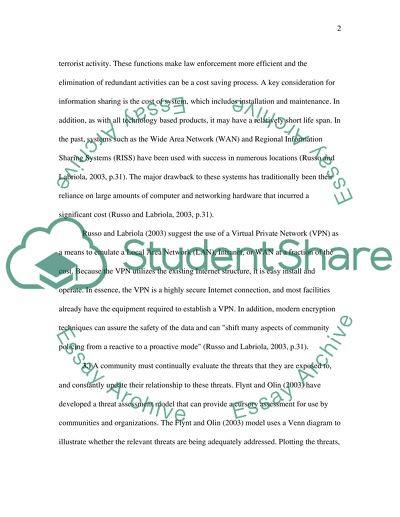Cite this document
(Homeland Security: Community Threat Assessment Assignment, n.d.)
Homeland Security: Community Threat Assessment Assignment. Retrieved from https://studentshare.org/social-science/1510675-homeland-security-essay
Homeland Security: Community Threat Assessment Assignment. Retrieved from https://studentshare.org/social-science/1510675-homeland-security-essay
(Homeland Security: Community Threat Assessment Assignment)
Homeland Security: Community Threat Assessment Assignment. https://studentshare.org/social-science/1510675-homeland-security-essay.
Homeland Security: Community Threat Assessment Assignment. https://studentshare.org/social-science/1510675-homeland-security-essay.
“Homeland Security: Community Threat Assessment Assignment”, n.d. https://studentshare.org/social-science/1510675-homeland-security-essay.


